Heatwave 2018
Heatwave 2018
© Copernicus Sentinel/ESA/dpa
none
near Aalborg
© Copernicus Sentinel/ESA/dpa
Fetching images...
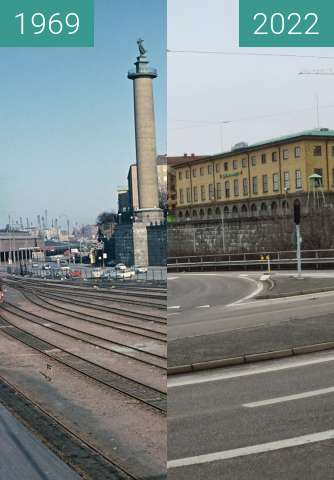
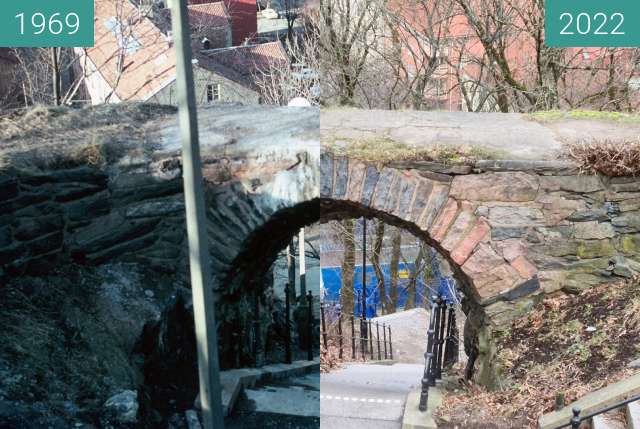
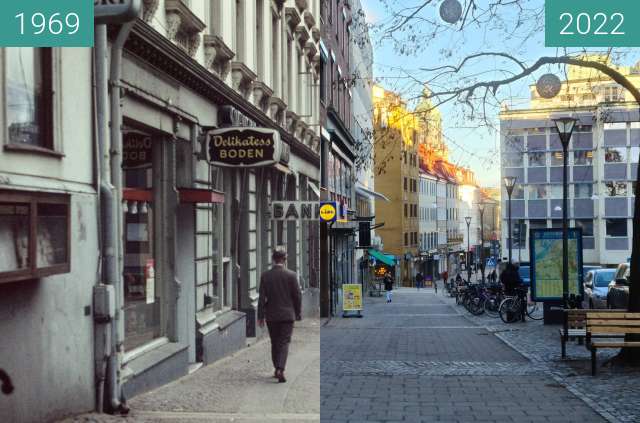

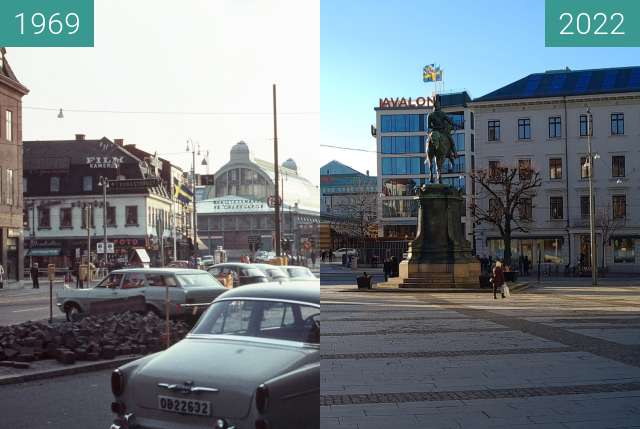
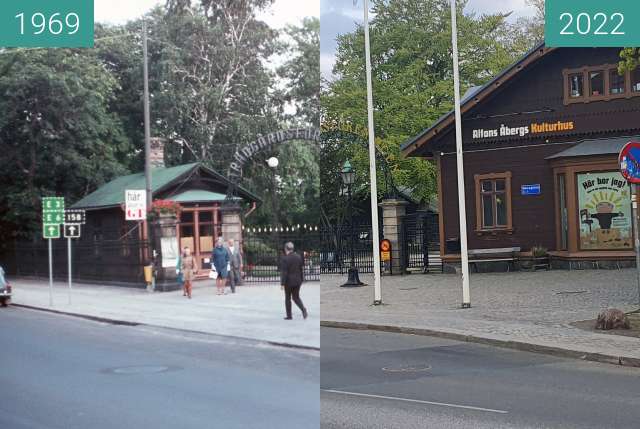

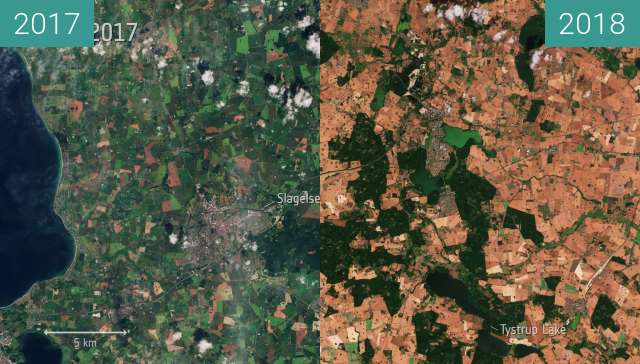

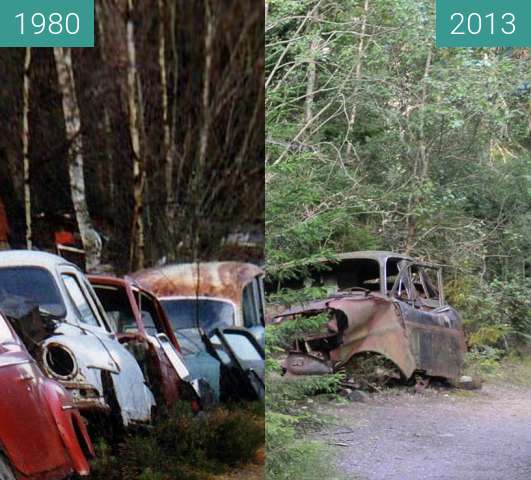
These pictures released by the European Space Agency show how this year’s heatwave has ravaged vegetation in northern Germany, Denmark and Sweden. On 30 June the vegetation was still green and in just over two weeks turned dry and brown.
The images were taken from from a satellite funded by Copernicus, the EU’s earth observation programme.
This summer is likely a foretaste for years to come. Studies suggest that if carbon gas emissions are not aggressively reduced, seventy-four percent of the world’s population will be exposed to deadly heatwaves by 2100, leaving many parts of the world inhabitable for humans.
https://www.preventionweb.net/news/view/53950
http://nymag.com/daily/intelligencer/2017/07/climate-change-earth-too-hot-for-humans.html